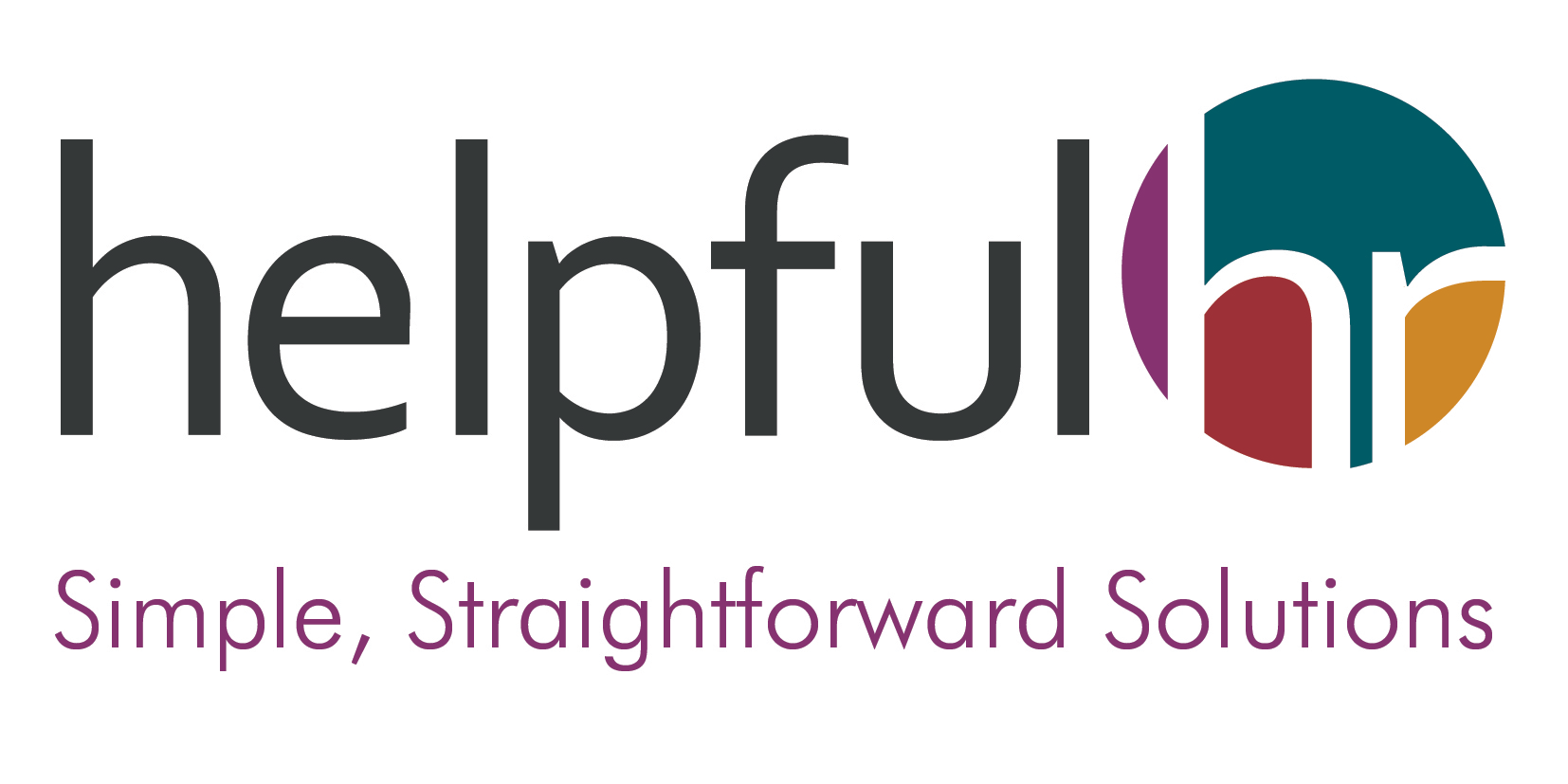The Covid-19 pandemic had an undeniable impact on everyone’s lives. During that time, the requirement to work flexibly created a new landscape, which employers are still having to navigate.
For some employees, that switch to remote, flexible working appears to have resulted in the ‘always-on’ phenomenon. There’s no real boundary between work time and personal time. This means that employees can work around other personal commitments or activities, if they wish. However some people find it difficult to switch off, in some cases leading to a culture of presenteeism.
What is Presenteeism?
The CIPD states that presenteeism occurs when people work when in suboptimal health. Your employees are attending work when they are unwell, and are therefore unable to be productive. Absenteeism has a huge cost implication for employers. But interestingly, the CIPD also reports that presenteeism has a much bigger cost (according to research by Deloitte).
Why is it a problem?
Unless addressed, presenteeism can lead to a culture where presence indicates commitment and success. I.e., if you turn up early and leave late you’re doing a great job, you will be more valued, and potentially rewarded accordingly. What it doesn’t do is lead to an increase in productivity and it can cause a toxic culture. These things will drive away talent, further decreasing productivity.
There are also other effects, for example:
- Employees come to the workplace with contagious illnesses, which spread through the workforce, increasing absence and / or presenteeism.
- Employees won’t take the rest from work they need to recover, therefore stay unwell for longer, or their health deteriorates further.
- Employees working while unwell will understandably demonstrate less enthusiasm and motivation, leading to low morale. This low morale may be contagious within the workforce, even in your healthy employees.
- Depending on the sector, employees who are unwell are more likely to have workplace accidents, putting themselves and others at risk.
- Presenteeism means that employees aren’t giving their full commitment to their work, and therefore will not progress and develop, which may lead to further demotivation and disengagement.
- The quality of work produced is less likely to be as high as it might otherwise be, if the employee was healthy. This may have a knock-on effect on colleagues, for example causing frustration, or blockages and delays in systems and processes.
What can you do about it in your business?
Leaders need to be proactive in changing the narrative about the behaviours that are valued in their business. They need to move away from a ‘bums on seats’ approach (i.e. presenteeism), and instead focus on outputs and achievements. One of the first things they can do is lead by example. Create those work and home time boundaries. For example, only respond to emails during working hours, or as close as you can get (unless it’s business critical). Encourage employees to leave work, or if remote, switch off at the end of their contracted hours.
Tips to reduce presenteeism
- Find out why people are behaving this way, either through focus groups or an anonymous survey, and find out about their concerns around taking time off ill, and blurred work / home boundaries.
- Look at your sickness absence policy. Will employees suffer significantly financially every time they take a day off sick? Do you have a fair sickness absence review policy which is consistent, reasonable and supportive? And if you make changes to your policy, ensure these changes are communicated. Create clear messaging that supports taking time off if it’s needed, so people can fully recover and then return to work.
- Consider what you could do to promote a healthy working environment that supports mental and physical wellbeing. For example discounted gym membership, walking meetings, cycle to work schemes, wellbeing apps, mental health first aiders and training for all employees.
- If you use zero hours contracts, consider if this is a factor. Review your resourcing model to establish if you could reduce these and create more stability for your workforce.
- Improve manager / staff communication, so that managers are familiar with their employees and have positive working relationships. Employees may then feel the can share any health concerns with confidence, and managers will spot warning signs of any health or wellness issues.
If you’ve noticed your employees seem to be working when they are clearly unwell, and you want to find out why, or need support to change those habits, get in touch.

Recent Comments